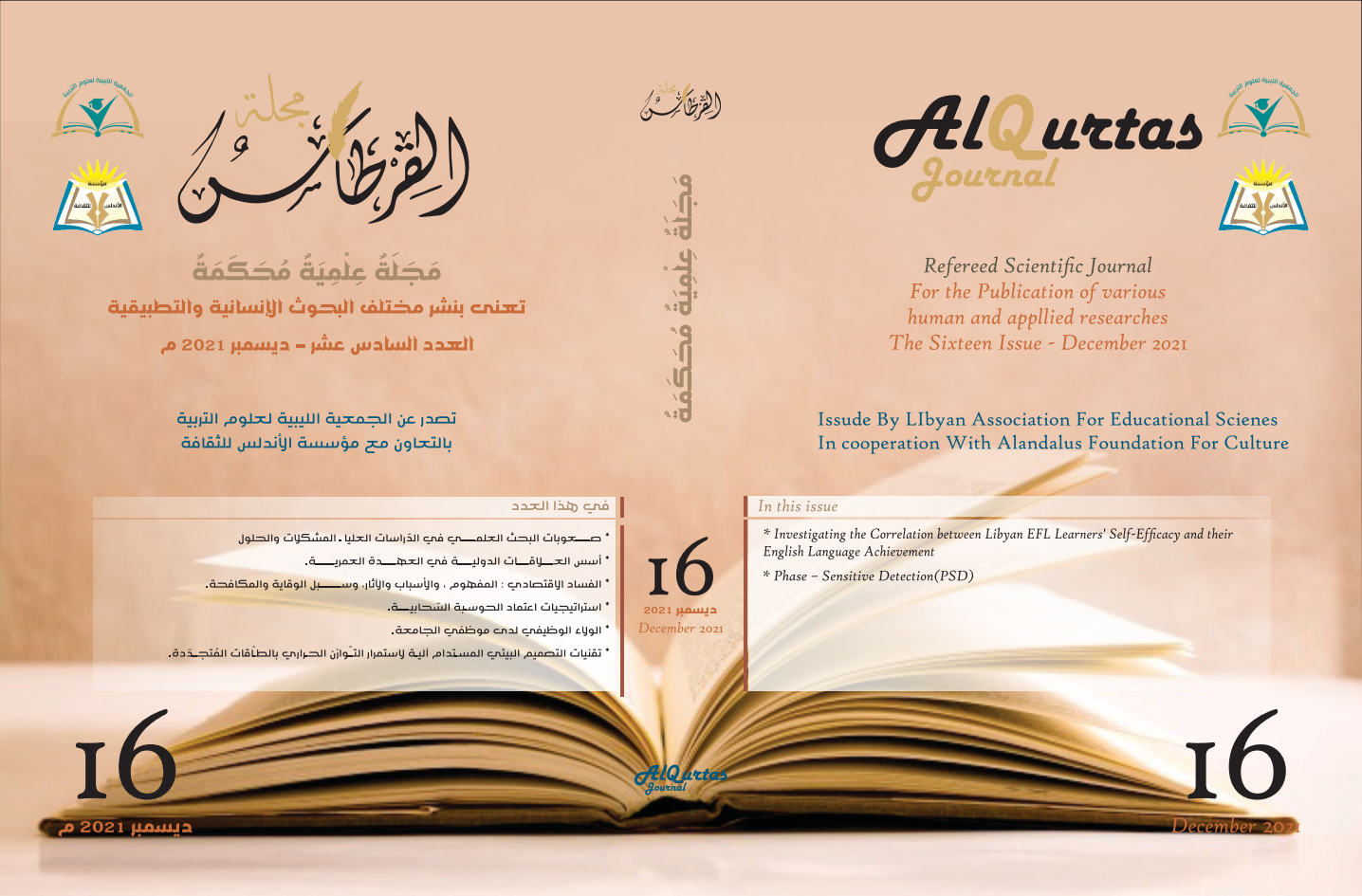القيم الجمالية للمدرسة التكعيبية وأثرها على التصوير الليبي المعاصر دراسة نوعية وصفية تحليلية
Main Article Content
Abstract
The nature of contemporary Libyan art requires a lot of study and scrutiny. It is surrounded by influences and characteristics, including contemporary Libyan photography, which seeks the conclusions of the artists and searching for a distinctive identity. In our research titled as the aesthetic values of the cubism school and its impact on contemporary Libyan painting. We try to reveal that characteristic of the artworks of contemporary Libyan artists through the method of showing the work and the contents it contains. Therefore, the researcher, by adopting a descriptive analytical approach, for the purpose of observing the formal and psychological properties and characteristics that appear in the structure of the figure and its composition to achieve a clear understanding as intended by the purpose of the research. The first part of the research, the researcher identified the research problem and the approach followed, as well as defining the terms represented in business analysis. On the second part, the researcher introduced the Cubism school with the importance it represents, asking us to achieve a clear concept of cubism. Thirdly, the researcher touched on the impact of cubism on contemporary Libyan painting, including the nature of the form and the specificity on which the criterion of analysis is based, because we are dealing with works of art, the form extinguishes them in order to achieve a concept for us through our awareness of a preview as well as the concept of aesthetic values of the cubist school, which has a basic role in understanding the meaning of aesthetic intended by during the search achieved. The fourth part, the researcher chose four artists as a research community and took a hypothetical sample of two artists for each artist. One artwork was analysed and described in what was acquired with the objectives and problem of the research, artists representing many variables and influences that had a role in changing the paths of Libyan art, which led To change a lot of concepts, the researcher chose two artists according to limited criteria to achieve the purpose of the research, as the form of a time contract carries one and one artist according to specific criteria and a descriptive analytical approach to analyse the form and content. Lastly, on the fifth part, the results and conclusions are presented, and then the sources.

